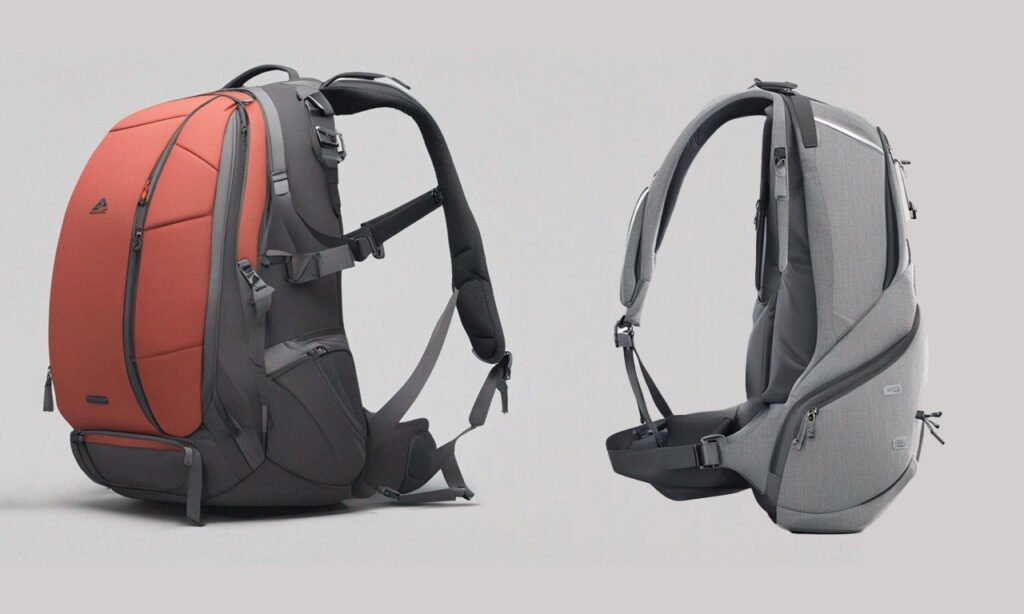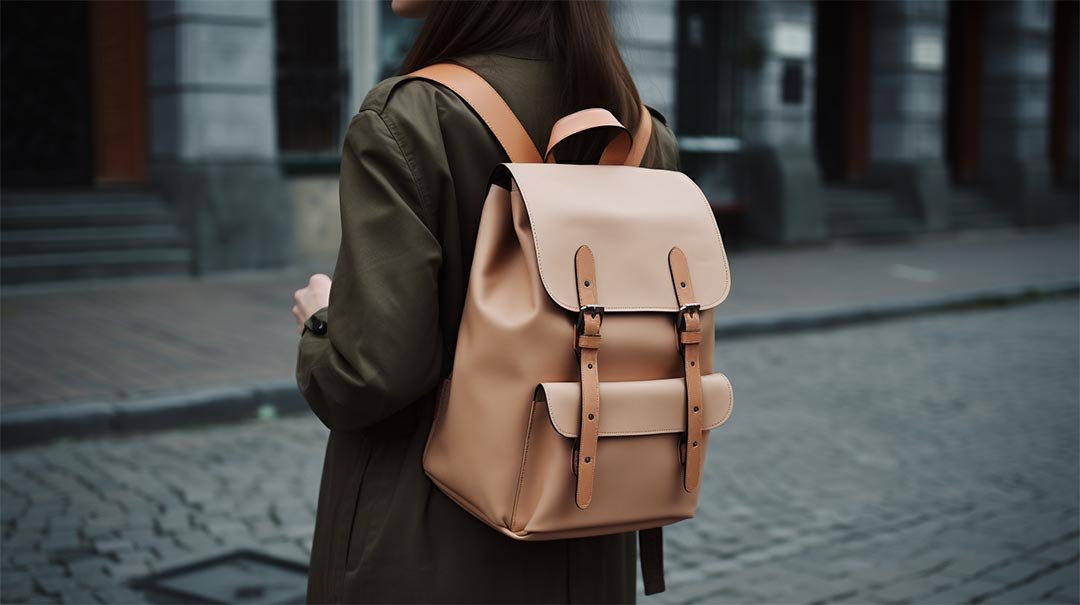Ever felt like your backpack was dragging you down after a long day? You’re not alone. The way a backpack is designed and how it’s loaded can significantly affect the stress placed on your shoulders and back. This isn’t just about comfort; it’s about health.
Different backpacks distribute weight differently across your body. Understanding these differences can help you choose the right backpack and load it properly to minimize discomfort and prevent injury.
Understanding Backpack Ergonomics
Backpack ergonomics are crucial for reducing the risk of back and shoulder pain. The design of a backpack should ideally align with the wearer’s body type and the specific load to be carried. Ergonomically designed backpacks help distribute weight more evenly, reducing the load on any single point of your body.

Types of Backpacks
Understanding the various types of backpacks helps in making informed choices that align with individual needs and activities.
Traditional School Backpacks
These are designed for everyday student use, featuring a main compartment and smaller pockets. The best models include padded straps and back panels for comfort, and adjustable straps to ensure a snug fit, minimizing strain.
Hiking and Outdoor Backpacks
Built for the outdoors, these backpacks are robust and feature advanced systems to transfer weight from shoulders to hips, stabilizing the load with waist and sternum straps. They are designed to endure rough conditions and come equipped with features like hydration packs and rain covers.
Tactical and Military Backpacks
These are engineered for durability and functionality, suitable for military use. They often have modular designs with customizable compartments and are made from materials that withstand extreme conditions.
Travel Backpacks
Travel backpacks combine the portability of a backpack with the organization features of a suitcase, ideal for long trips. They usually have padded compartments for laptops and ergonomic features to enhance comfort during travel.
Laptop Backpacks
Designed for professionals and students, these backpacks secure electronic devices in padded compartments and offer structured sections for other essentials, balancing the load close to the wearer’s back.

Impact on Shoulders and Back
Effects of Poorly Loaded Backpacks
Short-term Discomfort
Carrying a poorly loaded backpack can lead to immediate discomfort, such as shoulder strain and back pain. This is often due to uneven weight distribution, which forces muscles and joints to compensate by altering your posture.
Long-term Health Consequences
Chronic misuse of backpacks, especially during developmental years, can lead to more serious health issues like chronic back pain and even spinal deformities. This underscores the importance of choosing and using backpacks wisely.
Importance of Proper Adjustment
Proper adjustment of backpack straps is essential for optimal weight distribution. Ensuring that the backpack sits correctly on your back can alleviate unnecessary stress on your shoulders and spine.

Choosing the Right Backpack
Choosing the right backpack is essential not only for comfort but also for preventing physical strain and injury. Here are some key considerations to help you select a backpack that suits your needs and supports your health:
1. Determine the Purpose
Understanding the primary use of the backpack is the first step. Whether it’s for school, travel, hiking, or daily commuting will influence the type of backpack you need. Each activity has different requirements in terms of space, durability, and special features.
2. Look for Ergonomic Design
An ergonomically designed backpack should have the following features:
- Padded Shoulder Straps: These distribute weight more evenly on your shoulders.
- Padded Back: A padded back helps maintain proper spine alignment and prevents objects in the backpack from poking into your back.
- Waist and Chest Straps: These straps help to distribute the load more evenly across the body.
3. Consider the Size and Fit
The size of the backpack should be appropriate for your body size. It should not be wider than your torso or hang more than four inches below your waistline. A backpack that is too large can cause you to fill it with too much weight, and one that hangs too low can pull you backward and strain your back.
4. Material and Durability
Choose a backpack made from lightweight, durable materials to withstand daily wear and tear without adding extra weight. Water-resistant materials can protect your belongings from weather elements.
5. Compartments and Accessibility
Multiple compartments can help distribute weight more evenly and keep your items organized. Look for a backpack that allows easy access to your belongings, which is particularly important if you use it frequently during the day.
6. Adjustability
A good backpack will have adjustable straps that allow you to customize the fit. Proper adjustment ensures that the backpack is snug against your back, minimizing shifting that can lead to imbalance and strain.
7. Weight Distribution
Pay attention to how the backpack distributes weight. The design should allow for the heavier items to be closer to your spine to make carrying the weight easier and prevent strain. This is crucial for those who carry heavy loads regularly.
8. Style and Aesthetics
While function and fit are paramount, the look of the backpack is also important, especially if you’ll be wearing it frequently. Choose a style that you feel good about and that matches your personal style or professional environment.
9. Reflective Elements
For safety, especially if you travel during early morning or late evening hours, look for a backpack with reflective materials that make you visible to drivers.
10. Try Before You Buy
If possible, try on different backpacks with some weight in them to see how they feel. Adjust the straps and ensure it sits comfortably on your back without straining any part of your upper body.

Conclusion
Choosing the right backpack and loading it correctly are vital steps in preventing unnecessary stress on your back and shoulders. By understanding the ergonomics of different backpack types and making informed choices, you can protect your body while accommodating your lifestyle and activities.
FAQs
- What is the best type of backpack for reducing back pain?
Backpacks with padded, adjustable straps, and a hip belt are best for reducing back pain by distributing weight evenly. - How heavy should my backpack be?
It’s recommended that a backpack should not exceed 10-15% of your body weight. - Can the way I pack my backpack affect my back?
Evenly distributing weight and packing heavier items closest to your back can minimize stress on your spine. - Are rolling backpacks a good alternative for school children?
Yes, rolling backpacks can be a good alternative to reduce the load on the back, especially for kids with heavy books and materials. - What features should I look for in a backpack if I have pre-existing back issues?
Look for backpacks with specialized lumbar support, ergonomic design, and features that distribute weight to the hips rather than the shoulders.







